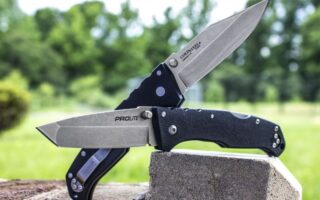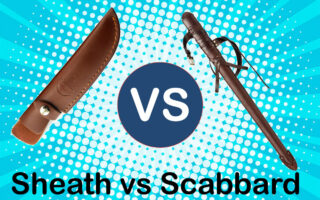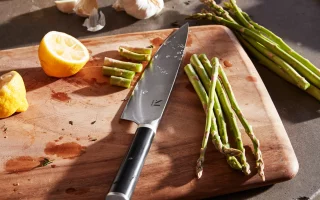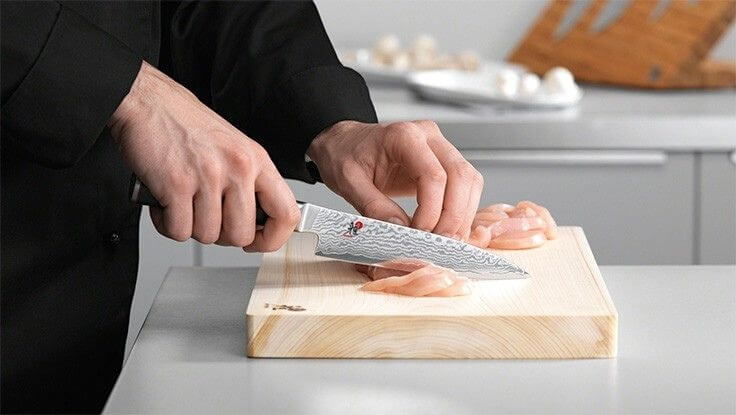What is Micarta?
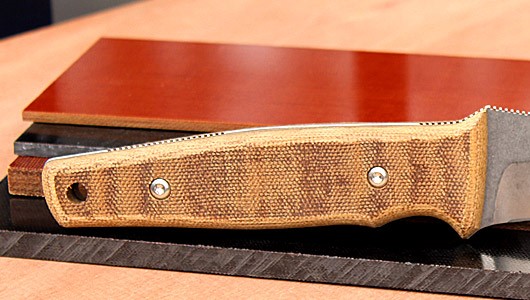
Micarta material has grown popular as a material used for handles of knives due to its versatility, low weight, and durability. The term micarta comes from the Greek word “mica,” which refers to minute rock fragments sewn into cloth.
Early in the 20th century, George Westinghouse developed the substance by embedding phenolic resin in paper and cotton fibers. The cloth has undergone years of improvement and is currently used as a sturdy knife handle material. Fabrics made from linen, canvas, paper, fiberglass, carbon fiber, or other thermoplastic fibers are marketed under the name Micarta.
Since it is strong and thin, micarta is an excellent choice and has gained favor in recent years and is the ideal material for knife handles.
It is a microporous, inorganic fabric composed of linen that has undergone chemical treatment to make it waterproof. Only the laminates made by Norplex/Micarta in the United States are known by the brand name Micarta.
Types of Micarta
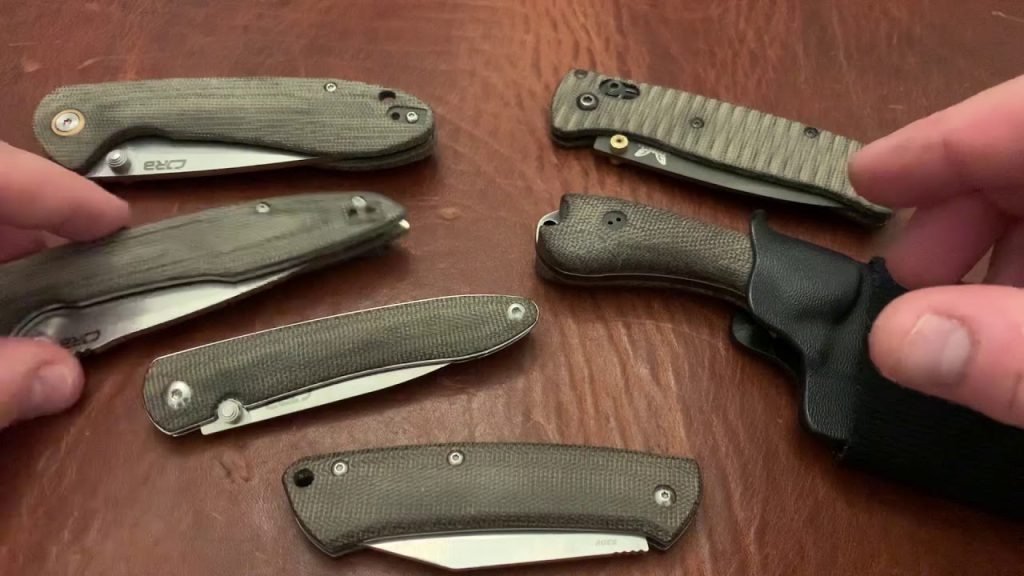
Paper Micarta
Paper Micarta is a non-absorbent paper that has been combined with resin to create a tough material that is impact and extremely durable. Due to their ability to withstand exposure to all environmental conditions while maintaining toughness, the knives are perfect for a variety of tasks.
Linen Micarta
The delicate weave of linen makes it the most graceful of the three forms of micarta. For a valid reason, it is the most widely used kind of micarta. Several different textures can be applied to linen micarta. The ways that knifemakers mold and grind their knife grips contribute significantly to style.
Micronized canvas
Micarta made of canvas is more grippy and looks more robust. It is the hardest type of micarta. Compared to the other two varieties, this micarta is thicker and denser. It is more likely that a thicker micarta handle will be machined, embossed, and carved for aesthetic and grip purposes.
Vintage Micarta
“Vintage micarta” is a subset of micarta and refers to any phenolic laminate made by any company between the 1990s and prior. Since the beginning of the 20th century, micarta has been mass-produced, thus remnants and sheets from decades ago are still in use today. Vintage micarta, which can be used to create a one-of-a-kind knife handle material, has a collector’s value similar to that of vintage fabrics.
Production of Micarta
Micarta is usually created using a rather easy procedure. Any material made with linen, burlap, or canvas, as well as composite materials like fiberglass or carbon fiber, could be used for this.
Materials are immersed in the thermoset of choice, and after being impregnated by the resin, they are subjected to high heat and pressure, which forms a sheet. Phenolic resin is a thermosetting resin, which means it can withstand working high temperatures of up to 480 degrees Fahrenheit and is steam-resistant.
What Is G10 Knife Handle?
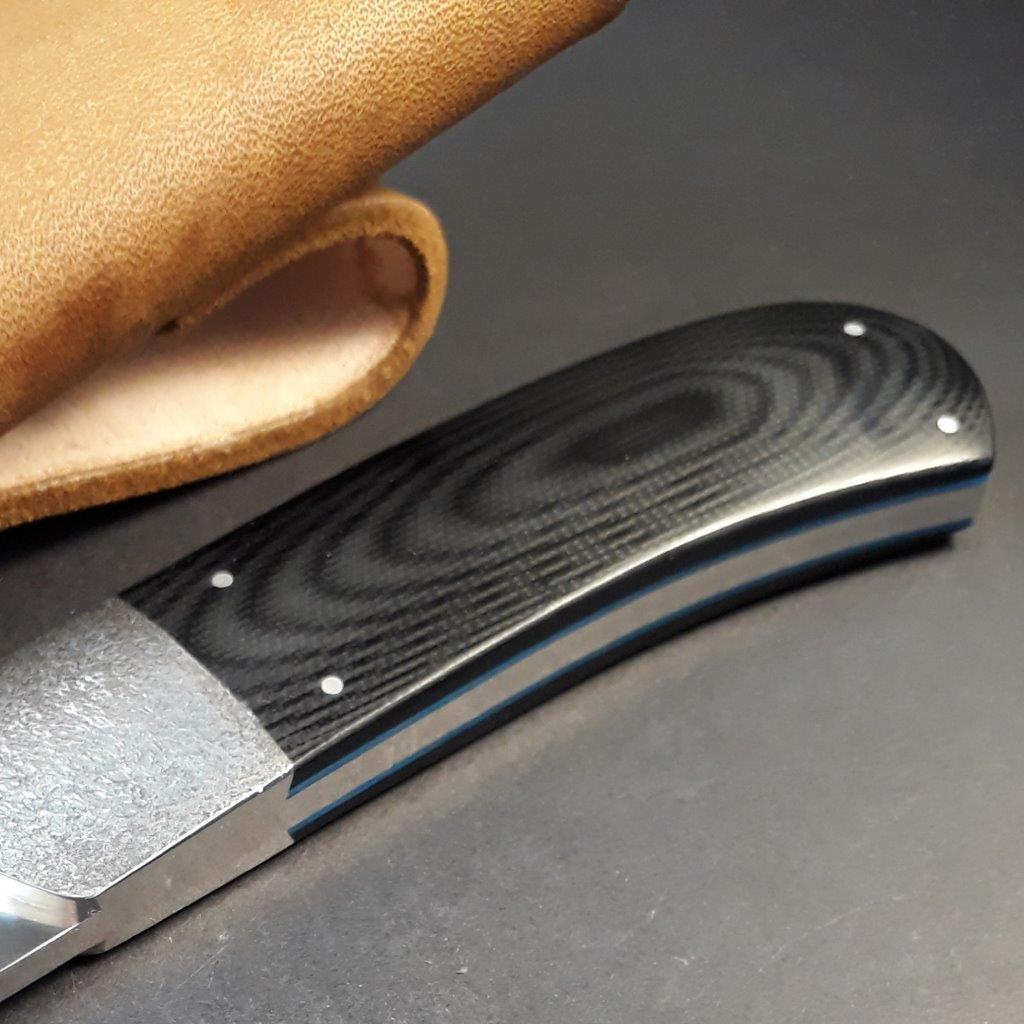
The resin-based substance G-10 is a member of the composite family. It is a type of material produced by pressure and heat and is a kind of garolite. To create fiberglass, linen cloth is specifically piled in thin layers, immersed in epoxy resin, and heated before being crushed or laminated. G-10 is a material that is utilized in a wide range of products, such as bathroom vanities, kitchen countertops, and many other things.
One of the strongest glass laminate materials now on the market, G-10 is a flexible product that works well for kitchen knife handles. It is a very adaptable material that works well in a variety of settings. This material is produced in a variety of shapes, including sheets, panels, and tiles.
What is the Difference between Micarta and G10?
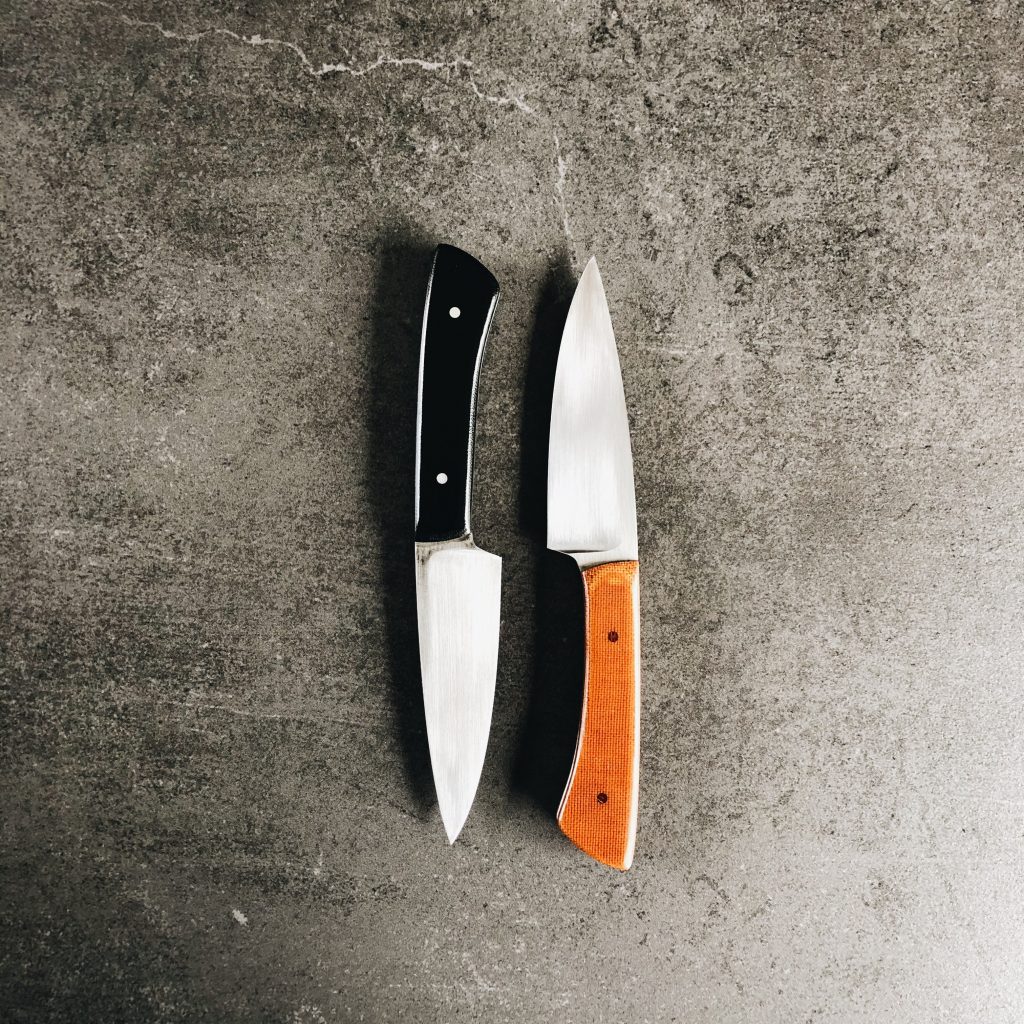
It’s crucial to emphasize that there isn’t much of a difference between the handles of micarta and g-10 scale knives generally. When you learn more about the topic, you’ll discover that, aside from a few minor factors, there isn’t much to distinguish between them. Here are a few of them –
Materials Used
The G-10 handle’s primary component is glass fiber, whereas Micarta is made from a variety of materials, such as canvas, linen, paper, or burlap. Epoxy resins are used to bind G-10 layers, whereas Micarta layers are bonded using phenolic resins, a tough plastic that becomes extremely rigid when it cures.
Grip
Due to their gloss, Feel G-10 grips are regarded as having an improved grip in dry weather. But, when wet, this polish also makes the wood handle a touch slick. But, a G-10 handle that hasn’t been polished should work just fine in a puddle.
Unexpectedly, micarta offers grip more effectively in wet than in dry weather. Even smooth micarta can generate this extra gripping effect; surface roughness is not necessary. Compared to polished G-10, micarta is regarded to offer a greater grip in damp circumstances. Sandblasting some micarta gives it that extra grip in wetness. Many people discover that the hand feel of micarta is superior.
Appearance
The benefits of Micarta include it seems more upscale. It behaves more like base material when manipulated, sanded, or polished than the underlying cotton or canvas basis would imply. This makes it possible to texture it to your heart’s content and choose between a smooth finish and a more rustic appearance. Micarta absorbs sweat and moisture, which causes it to age over time if it is not polished. While some individuals enjoy that effect, others would rather just clean it with soap and water.
But, because G-10 is essentially chemically inert, it won’t absorb any moisture, perspiration, or dirt. It will appear exactly as it did the day you bought it after some cleaning.
Is Micarta Better Than G10?
Between G10 and Micarta, G-10 outperforms Micarta. Excellent strength, longevity, greater water resistance, and little maintenance are all features of G-10. On the contrary hand, Micarta is also more readily available, more reasonably priced, and made of more natural elements. It offers less durability, though, and is less water-resistant. While being more expensive, G-10 is superior to micarta due to its strength, toughness, and water resistance.
Advantages and Disadvantages of Micarta
What We Like
These materials have the advantage of being manufactured in virtually any color, based on their composition. Can be used in heavy-duty survival knives frequently since it is robust and long-lasting. Micarta is a thermoset plastic that can withstand extreme tensile strength, and become brittle with age.
Micarta knife handles are strong and long-lasting, so they last a long time. Although the components of this material might vary, linen and canvas are typically used. Micarta handle scales are resistant to cracking and breaking even under intense heat and pressure.
Micarta is more easily fashioned with various hues when compared to carbon fiber. Micarta is ideal for use outside when you require a firm grip.
What We Don’t Like
Due to its extreme smoothness, the ideal texture requires additional manual labor. A texture has actually been etched into the knife handle to provide the appropriate grip. Micarta is a more expensive knife because it requires so much additional manual labor.
Advantages and Disadvantages of G10
What We Like
The use of a kitchen knife with G-10 handles has numerous benefits. Its durable material is one among them. G-10 rates are higher than some other handle materials at 110 on the Rockwell Hardness scale, which is based on pressing. Making knife handles very difficult to break, slip, or cause scratches or dents to the handle.
In contrast to other handle substances such as timber and steel, this one doesn’t corrode, rust, get softer or become brittle over time.
The G-10 kitchen knife handles are actually water-resistant, allowing for prolonged use in your kitchen. The knife’s small weight adds to its benefits by making it portable and simple to use.
What We Don’t Like
When gripped, the G-10 handles feel cheap and are made of plastic. While material and appearance aren’t as important when using a knife, some collectors and well-known knife makers may make a more upscale and slick-looking handle out of wood for their kitchen blades.
Final Verdict
G-10 and micarta initially appear to be nearly identical knife handle materials. They differ from one another, though, and these variations will allow you to choose which one is the best fit for you and the work at hand. Both are excellent, powerful, and long-lasting solutions. Yet they do possess traits that make each grip and each knife distinct.

Hi, my name is Taras Kulakov and I’m a knife enthusiast. I have been collecting knives for over 30 years and I’ve owned literally thousands of different models over that time. My goal with this site is to share some of what I’ve learned about knives. You can find more info about Taras Kulakov here.

